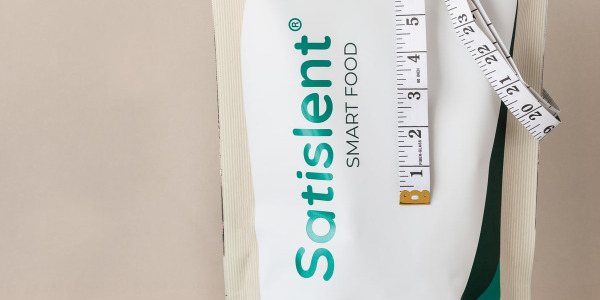- What is the difference between plant and animal protein?
Animal protein contains all essential amino acids in optimal proportions and has high bioavailability. Plant protein, on the other hand, may be incomplete, but by combining different sources (like legumes and grains), a complete amino acid profile can be achieved.
- Which digests better, plant or animal protein?
Plant protein is easier to digest because it contains fiber and less saturated fat. Animal protein, especially red meat and dairy, can cause heavy digestion and inflammation in some people.
- Is plant protein enough to build muscle?
Yes. With proper intake and correct combinations (like legumes and grains), plant protein provides all the necessary amino acids for muscle growth, just like animal protein.
- Which protein has a lower environmental impact?
Plant protein is much more sustainable. Producing 1 kg of beef requires over 15,000 liters of water, while legume crops need only a fraction of that and emit up to 80% less CO₂.
- Which is the healthiest protein?
Plant proteins are rich in fiber, antioxidants, and healthy fats, support digestion, and reduce inflammation. Animal protein is also a complete nutrient source, but excessive red meat and dairy can raise the risk of cardiovascular disease.
- Which plant foods contain complete protein?
Some foods like soy, quinoa, and pea protein contain all essential amino acids, just like meat or eggs.
- How can I improve the absorption of plant proteins?
Soaking, fermenting, and combining sources (like rice with lentils) improve the bioavailability of plant protein, making it easier for the body to absorb.
- What’s the difference in digestion between plant and animal protein?
Animal protein, especially red meat and dairy, can be hard to digest due to its fat content and lack of fiber. In contrast, plant protein is lighter and supports gut health thanks to its fiber and antioxidants.
- Do Satislent products contain complete protein?
Yes. Satislent products are formulated with pea protein, ensuring a complete amino acid profile and balanced nutrition.







